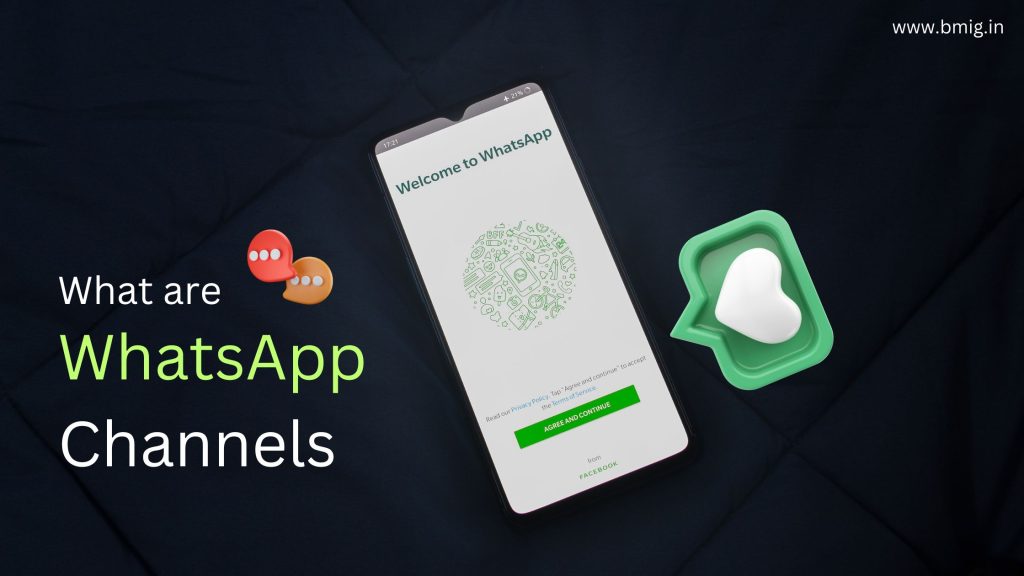WhatsApp Channels have made their debut not just in India but in more than 149 countries. This exciting feature draws parallels with Instagram Channels and is poised to assist users in connecting with a wider audience while keeping their privacy intact.

Here’s what you need to know about WhatsApp Channels:
Broadcasting Tool: Think of Channels as a one-way street for administrators to share various content like text, photos, videos, stickers, and polls with their audience. It’s a simple and effective way to get your message across.
Dedicated Tab: Channels have found their home in a new tab called “Updates” on WhatsApp. Here, you’ll discover the Status updates and channels you choose to follow. It’s neatly separated from your personal chats with family, friends, and communities.
WhatsApp Channels are all about reaching out and sharing without the need for two-way conversations. It’s a fantastic tool to keep your audience engaged and informed.
Creating Your Own WhatsApp Channel
- To create your own WhatsApp channel, follow these simple steps after updating your WhatsApp app:
- Open WhatsApp, and you’ll notice a new “Channels” option either on the main window or in the Updates tab.
- Tap the “+” icon located to the right of the “Channels” option.
- The app will prompt you to create a channel. You can give it a name and add an image of your choice.
The good news is, there’s currently no limit to the number of channels you can create.
Privacy Features of WhatsApp Channels
As a channel admin:
- Your phone number and profile photo won’t be visible to your channel’s followers.
- Following a channel won’t expose your phone number to the admin or other followers.
- Your choice of whom to follow is entirely private, as per WhatsApp’s details.
WhatsApp will retain channel history on its servers for up to 30 days, as the company believes there’s no need to keep channel updates forever.
What to post on WhatsApp Channels?
Admins on WhatsApp Channels have the freedom to share a variety of content, including photos, text messages, links, or virtually anything else they’d like to share with the public. Additionally, admins can exercise control by blocking screenshots and preventing forwards from their channel.
While followers cannot engage in direct messaging or reply to posts in a public channel, they do have the option to express themselves by reacting with emojis to the content they see.
WhatsApp also provides admins with the ability to manage their channel’s audience. They can decide who can follow their channel and whether they want their channel to appear in the directory for easy discovery. However, it’s important to note that unlike regular WhatsApp chats, Channels are not end-to-end encrypted by default, primarily because the goal of Channels is to reach a broad audience.
